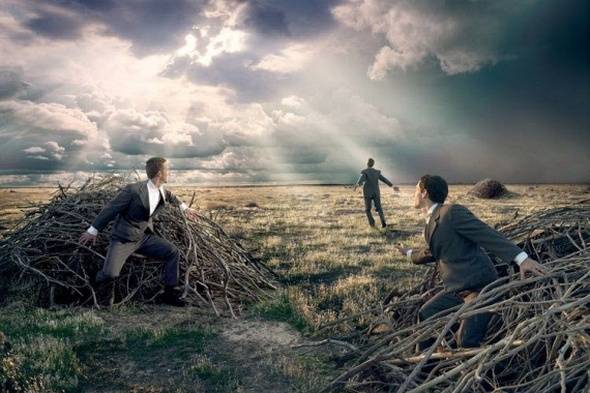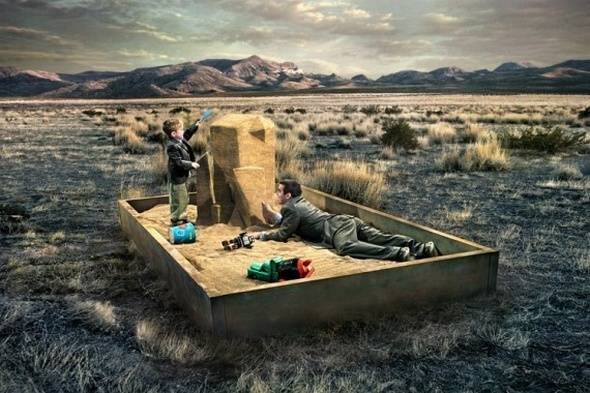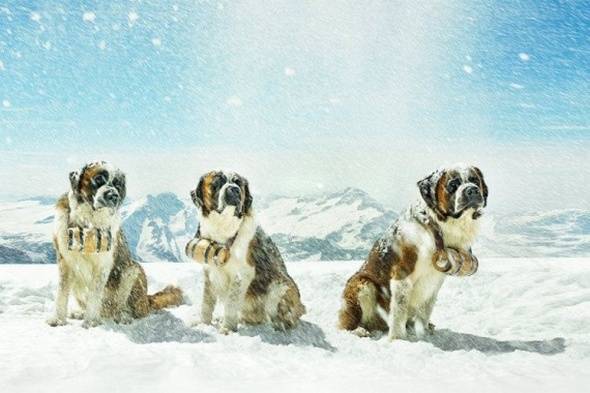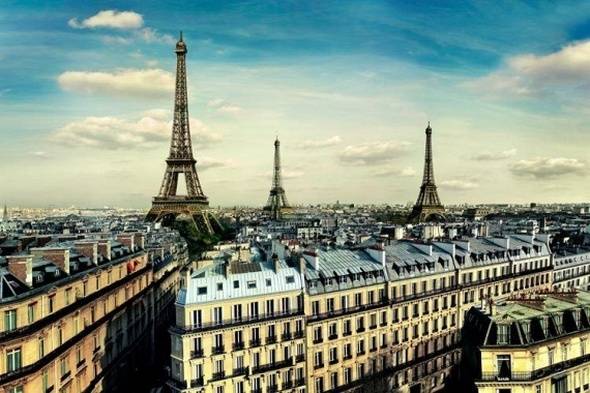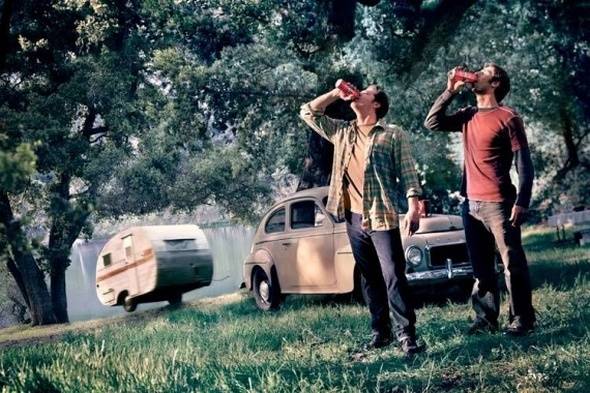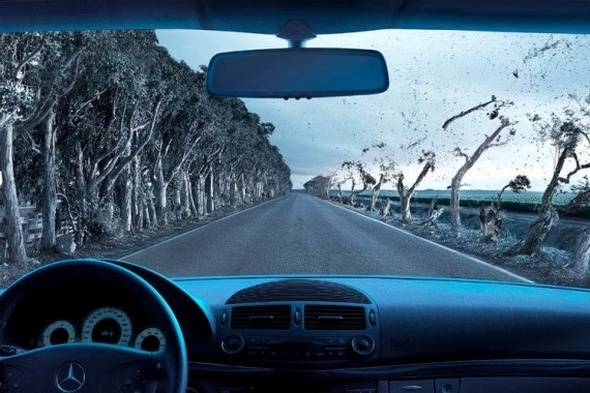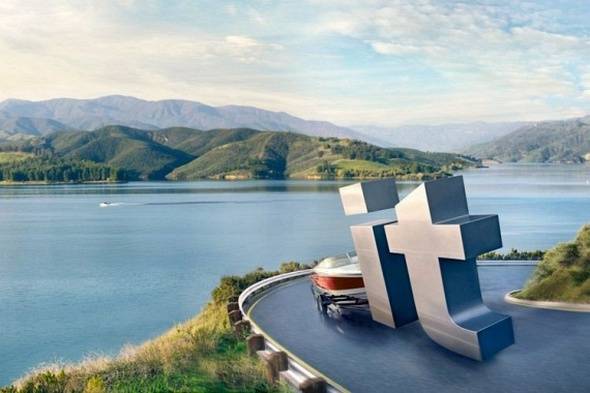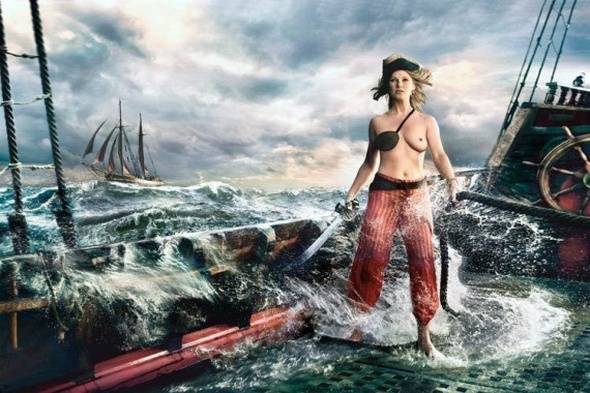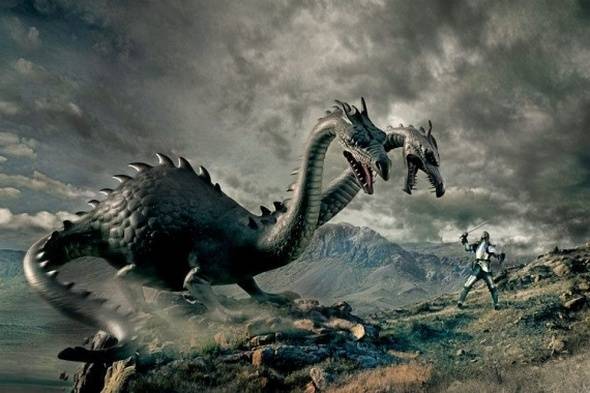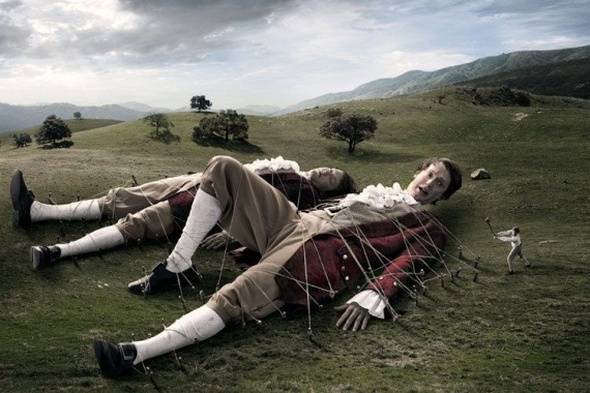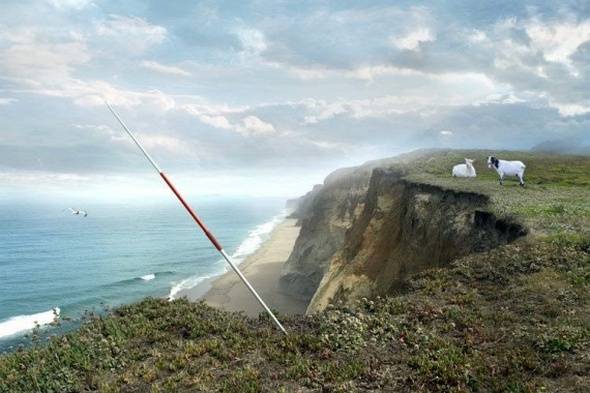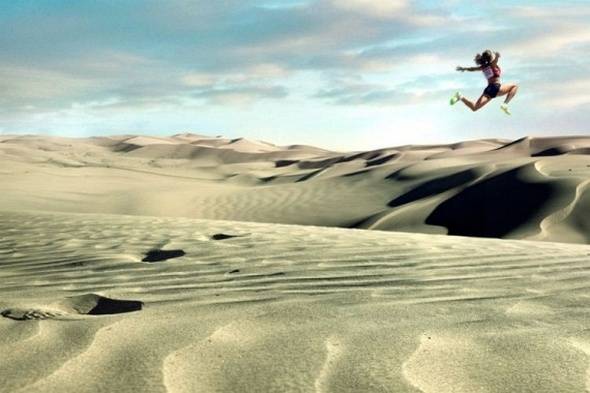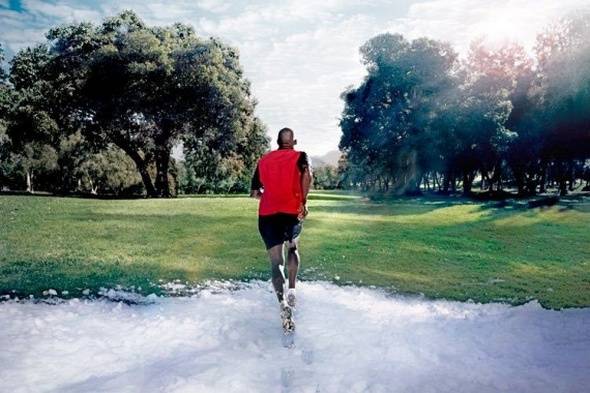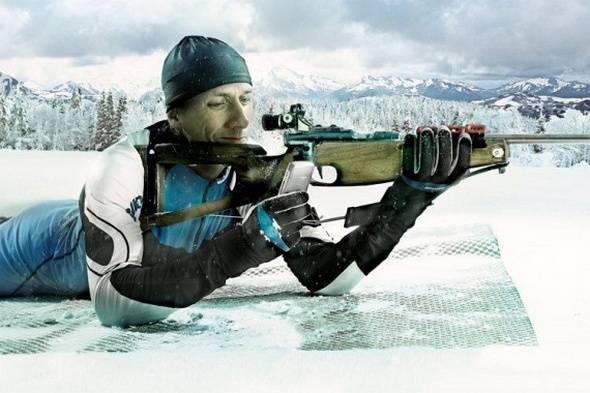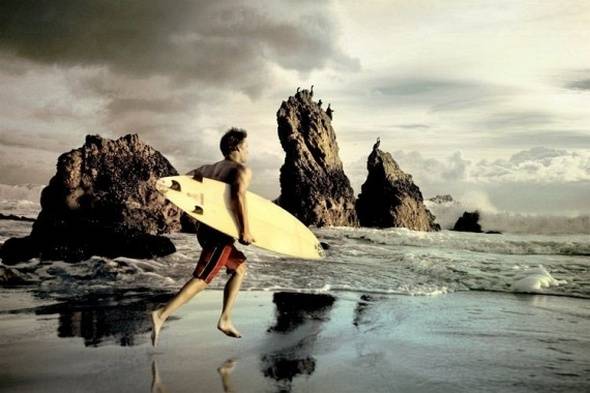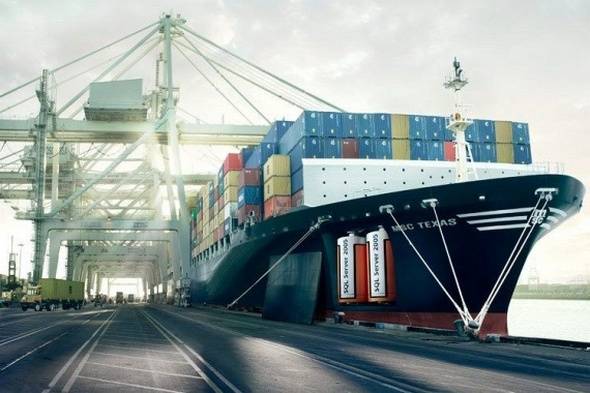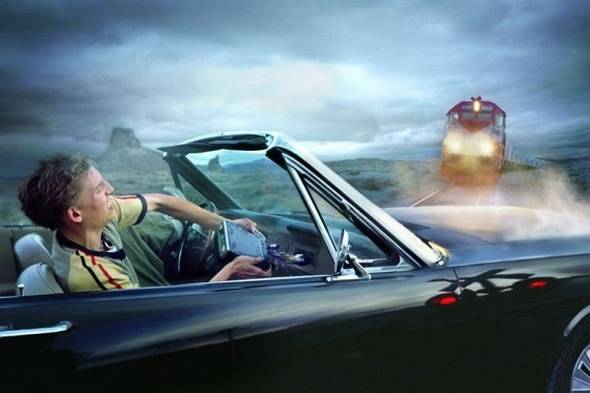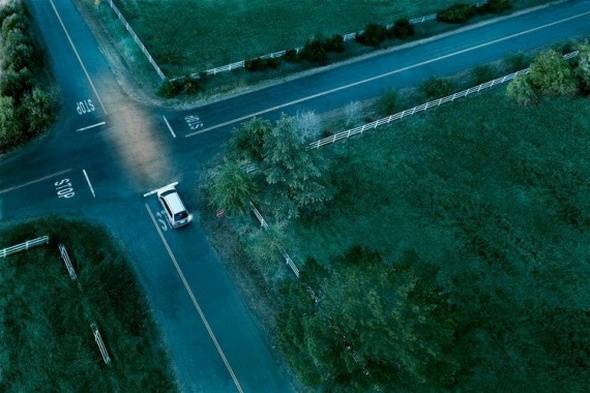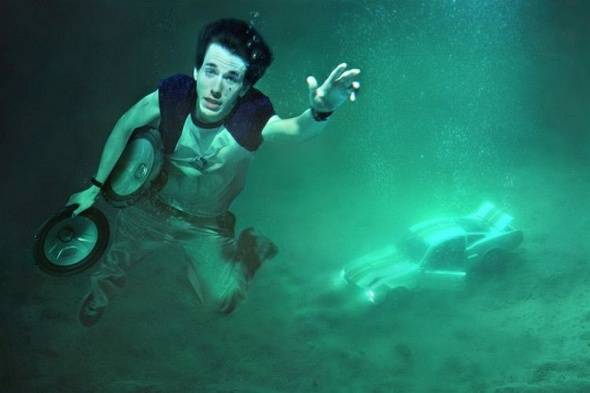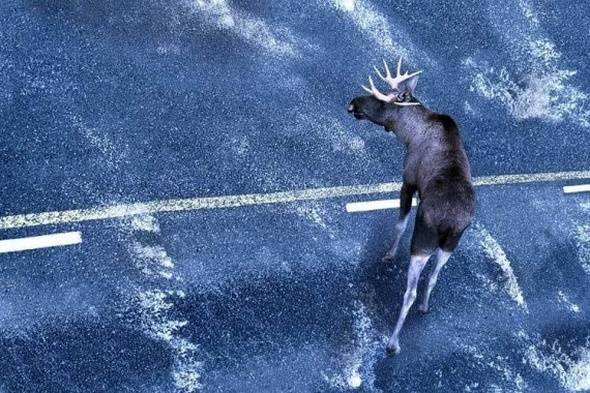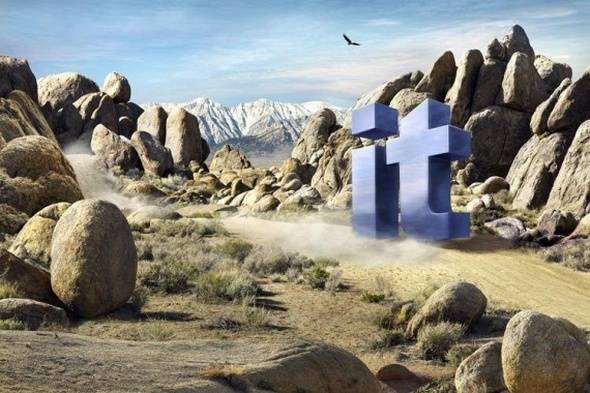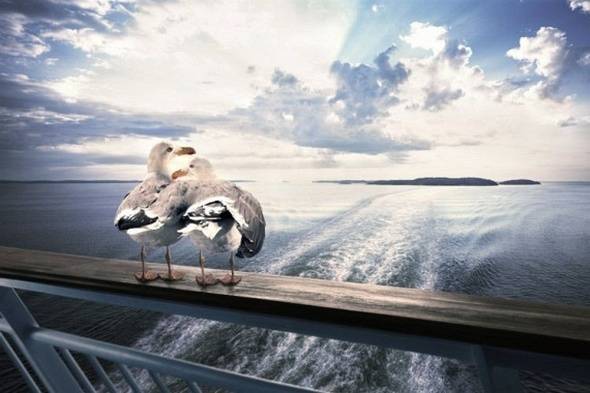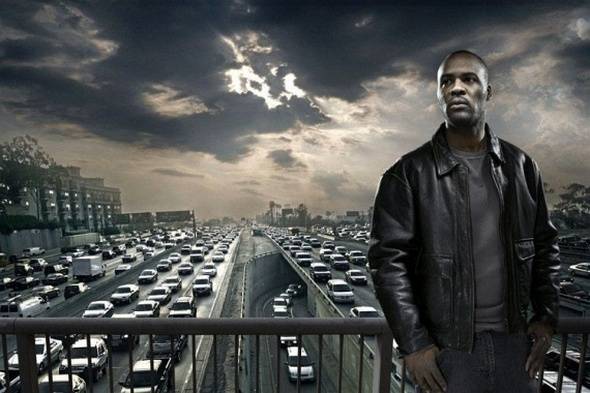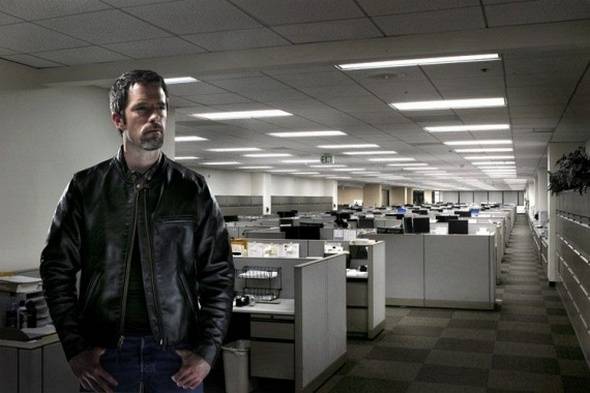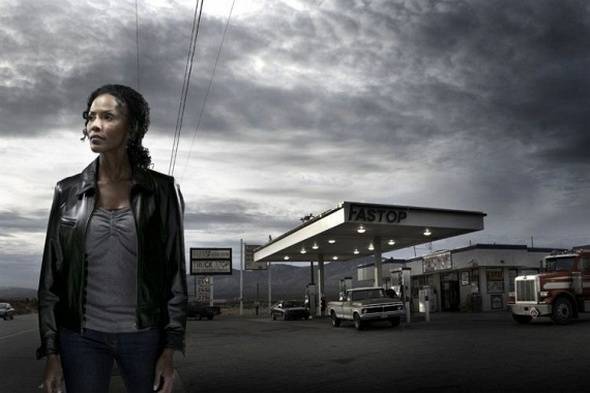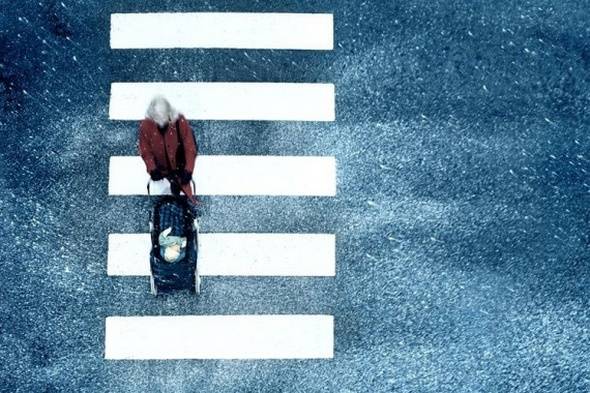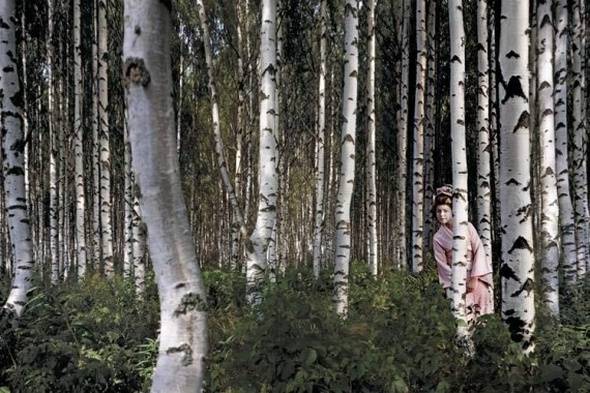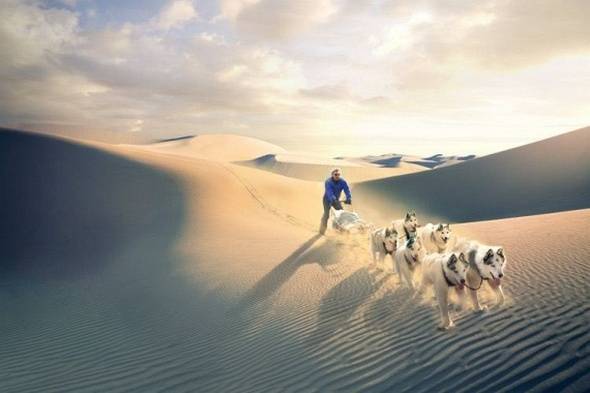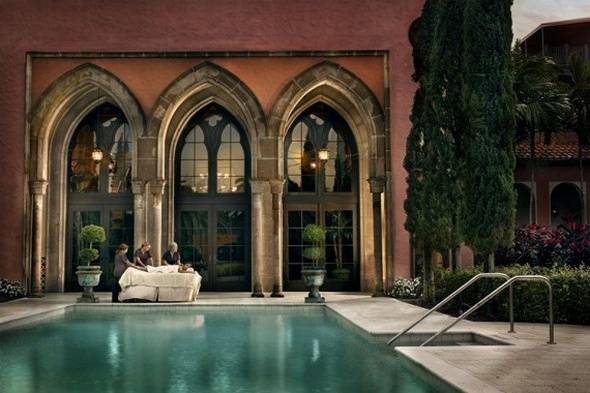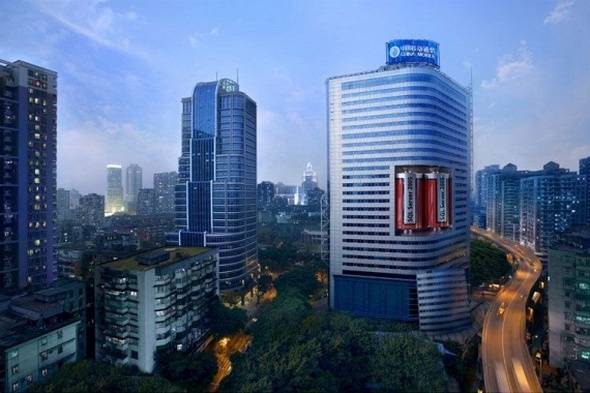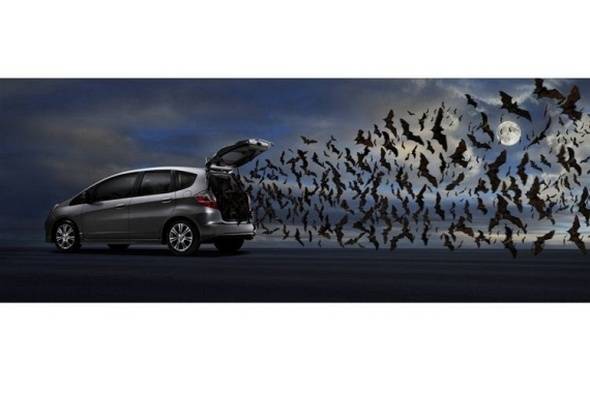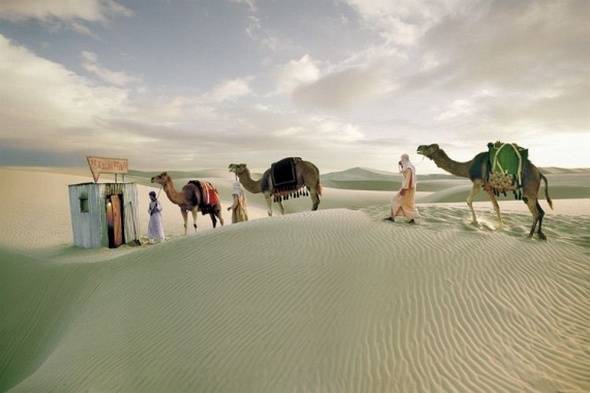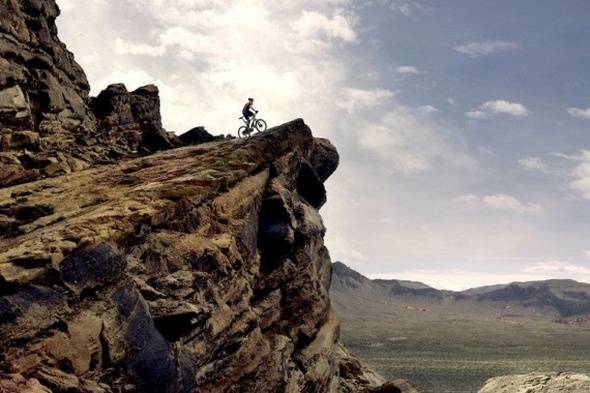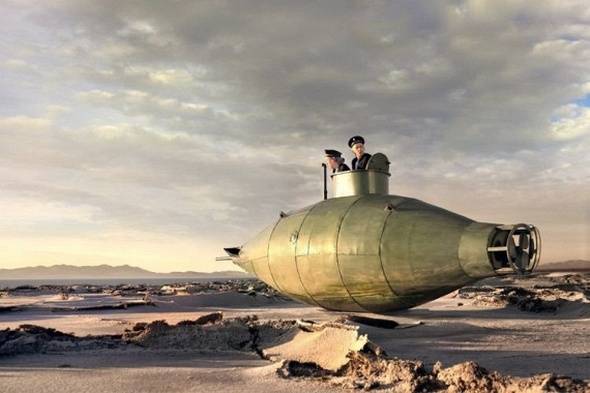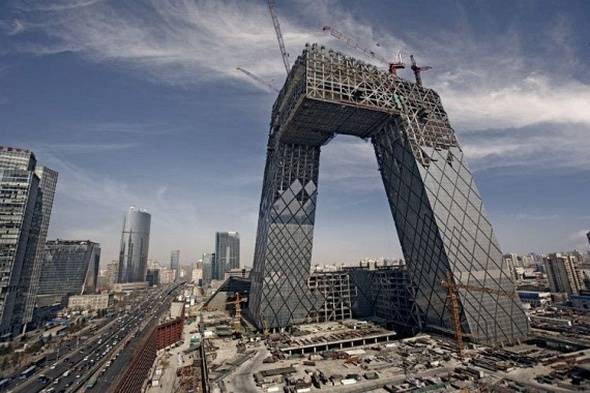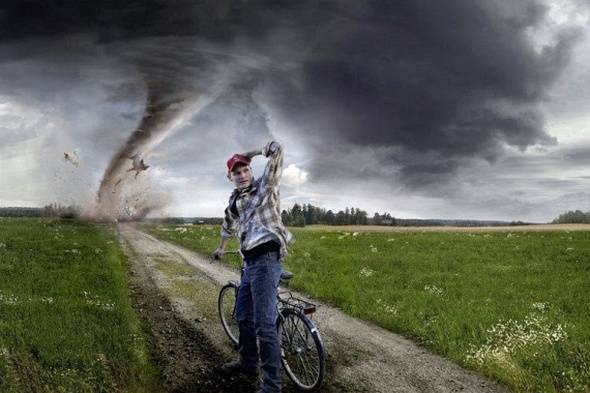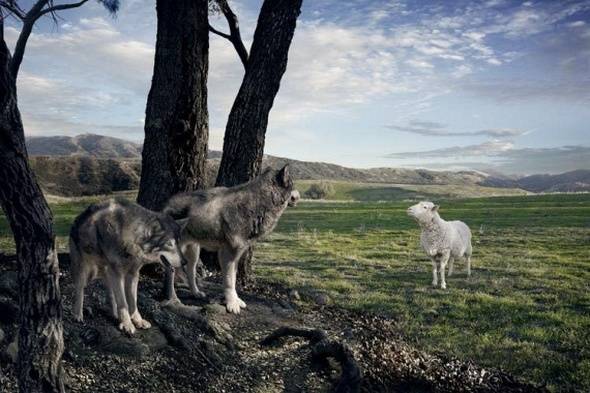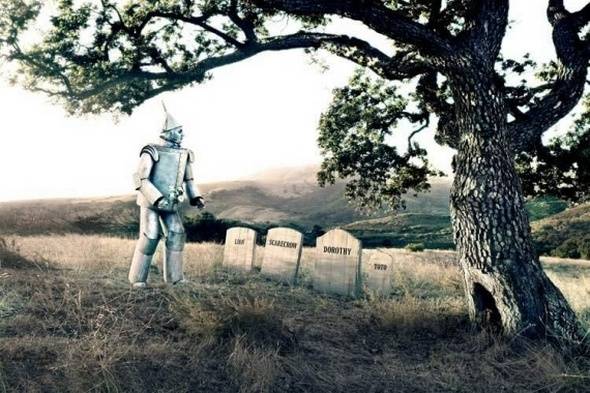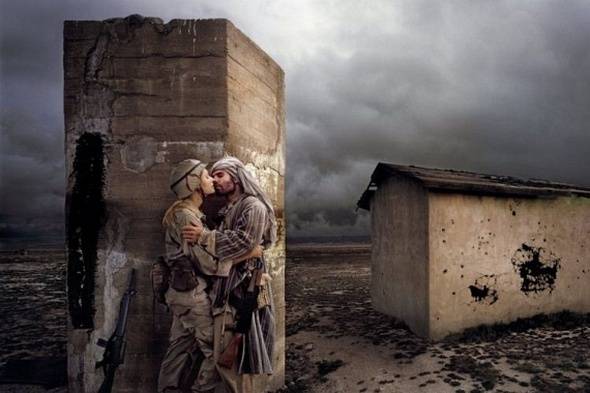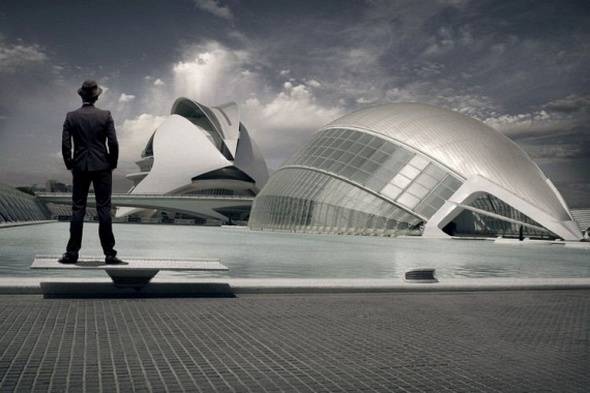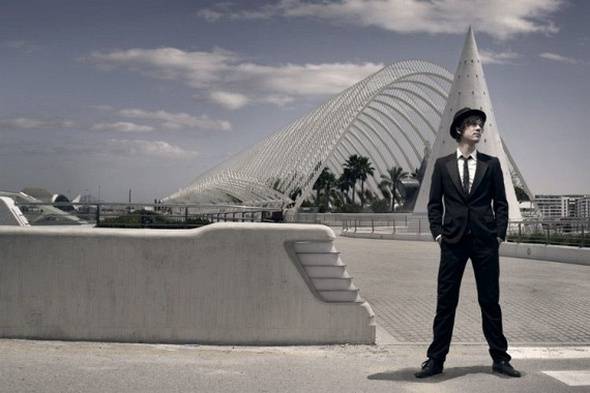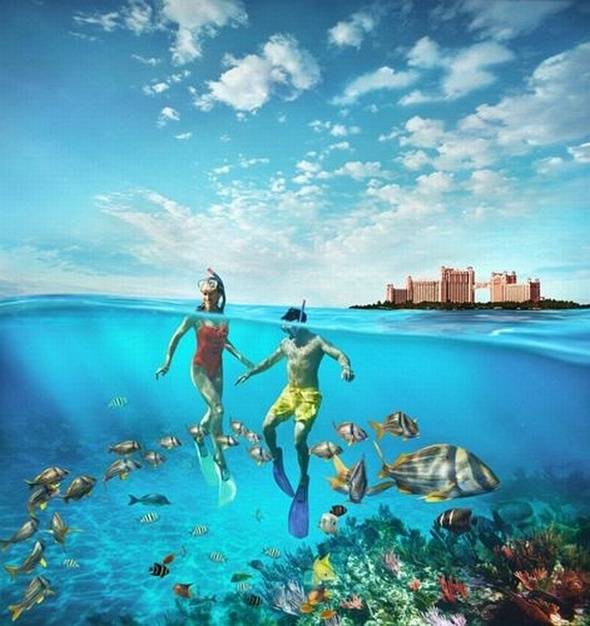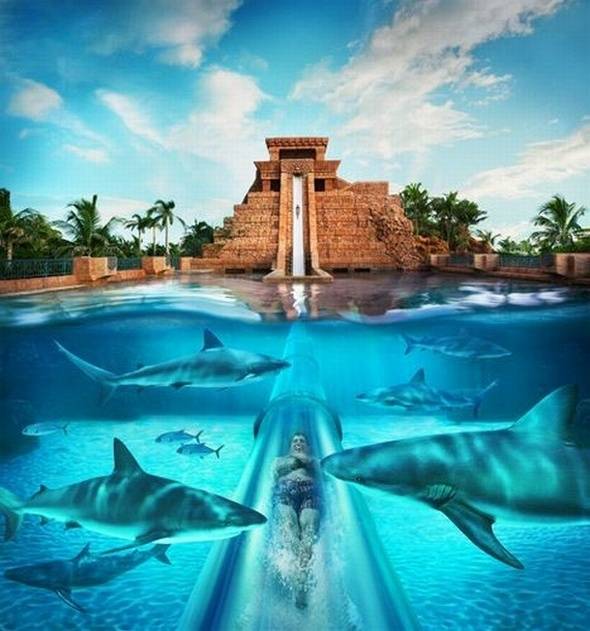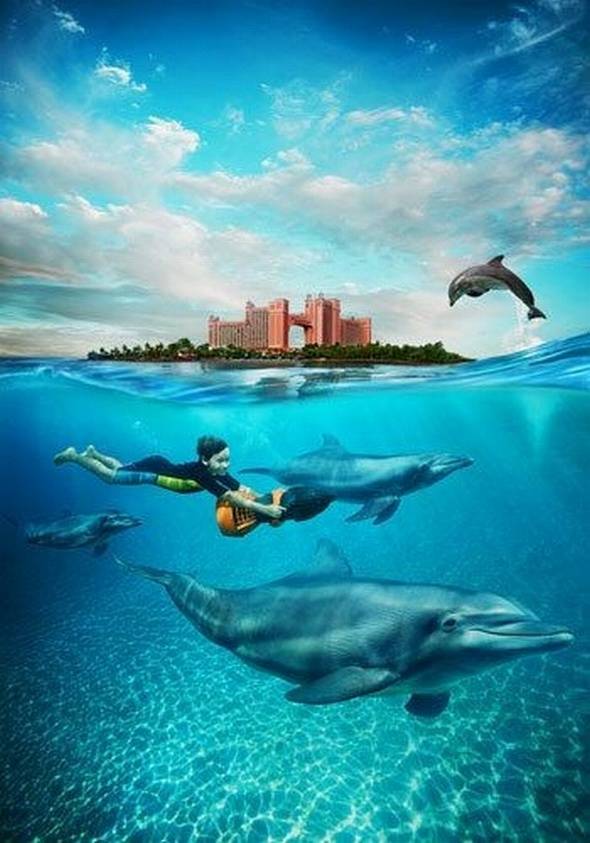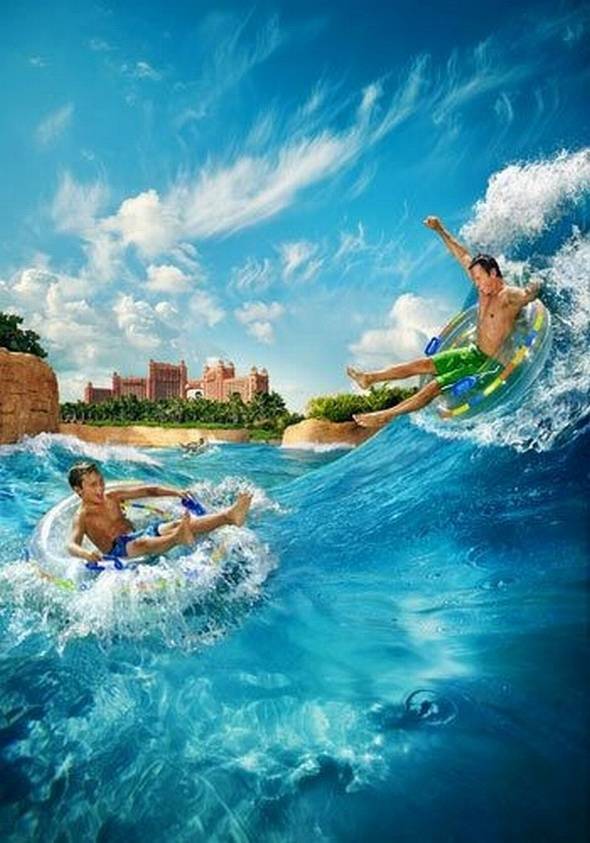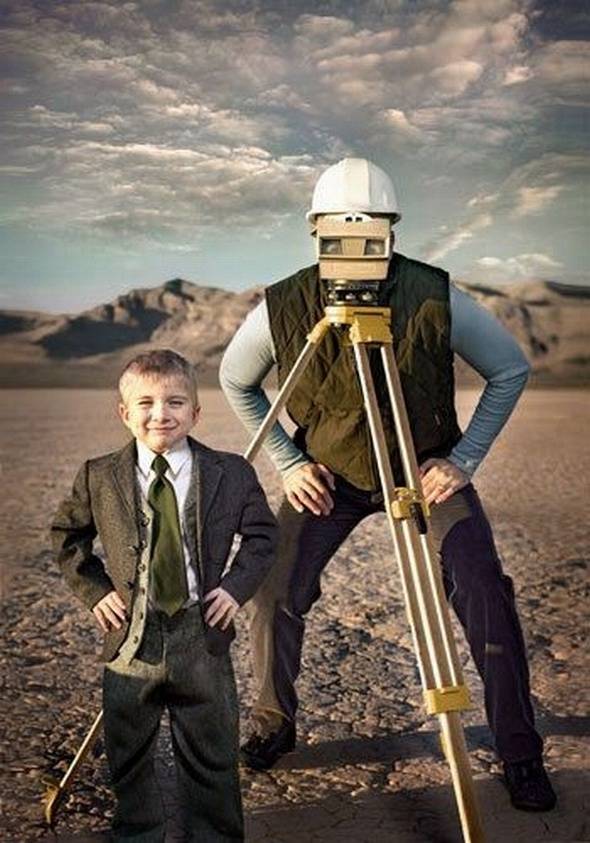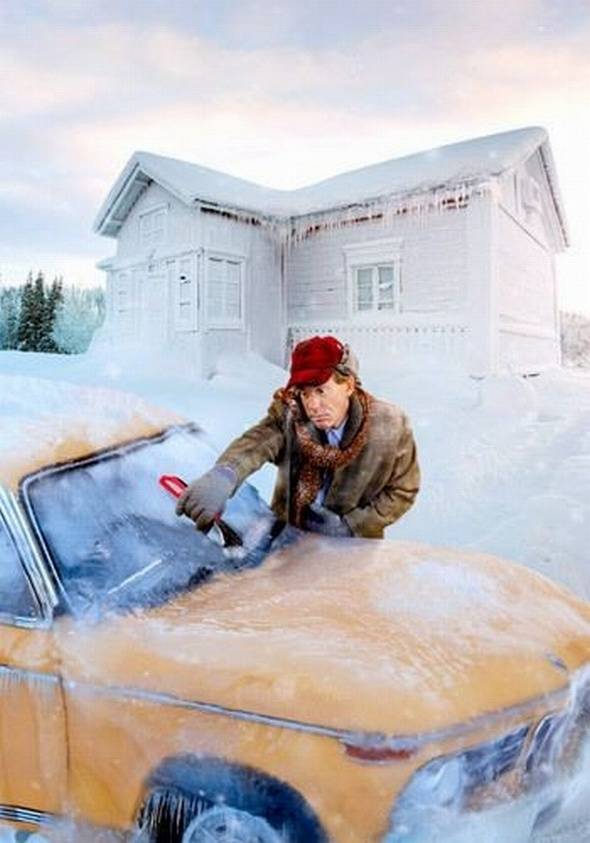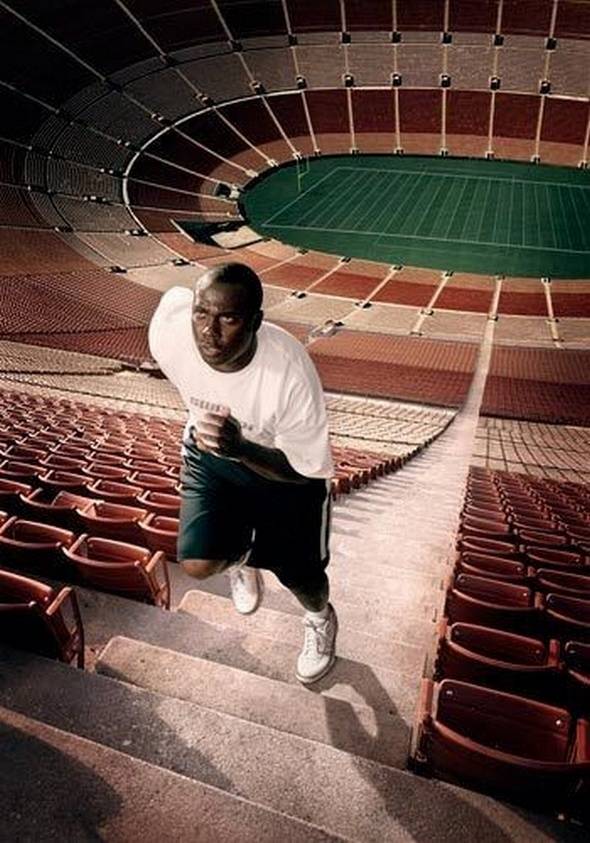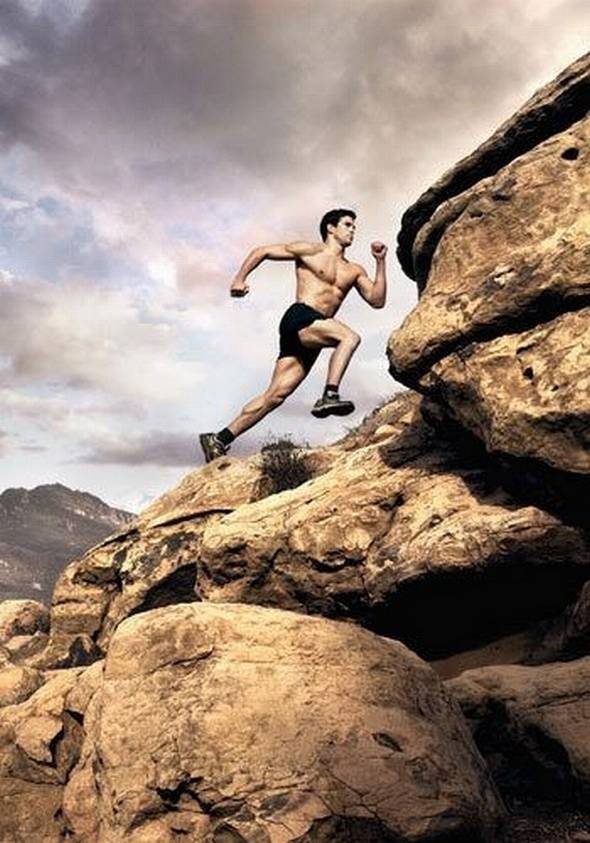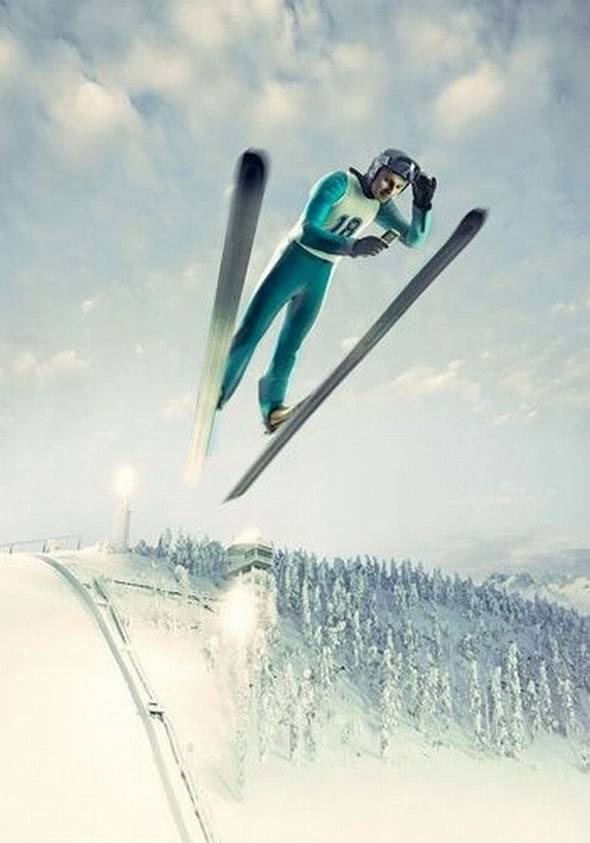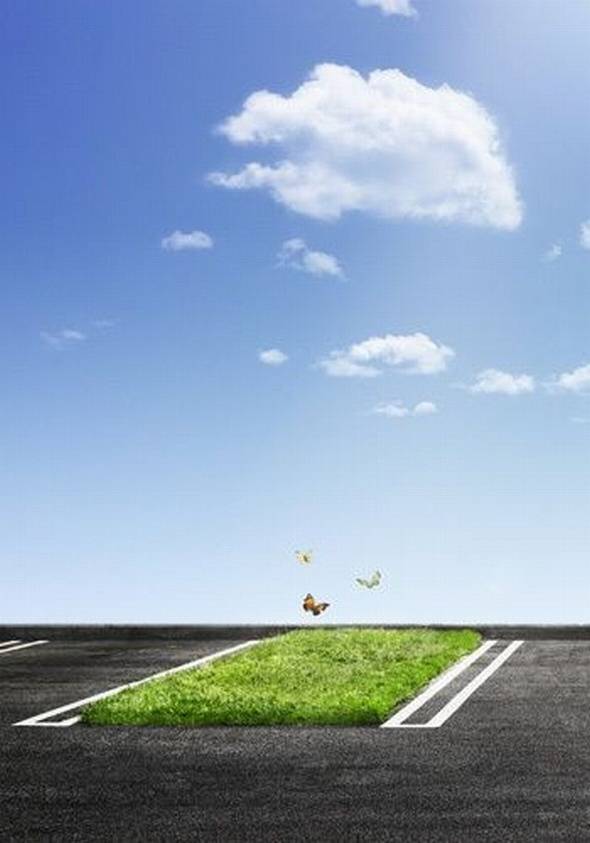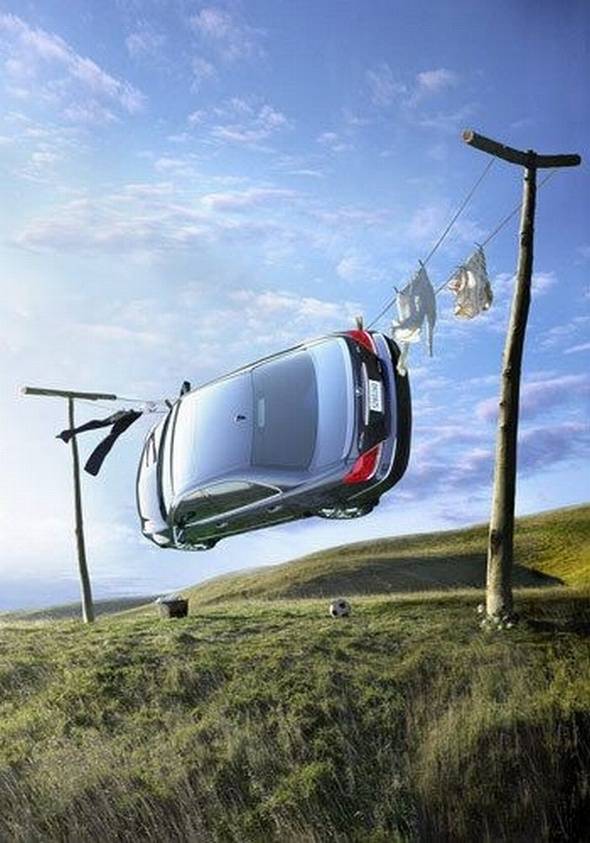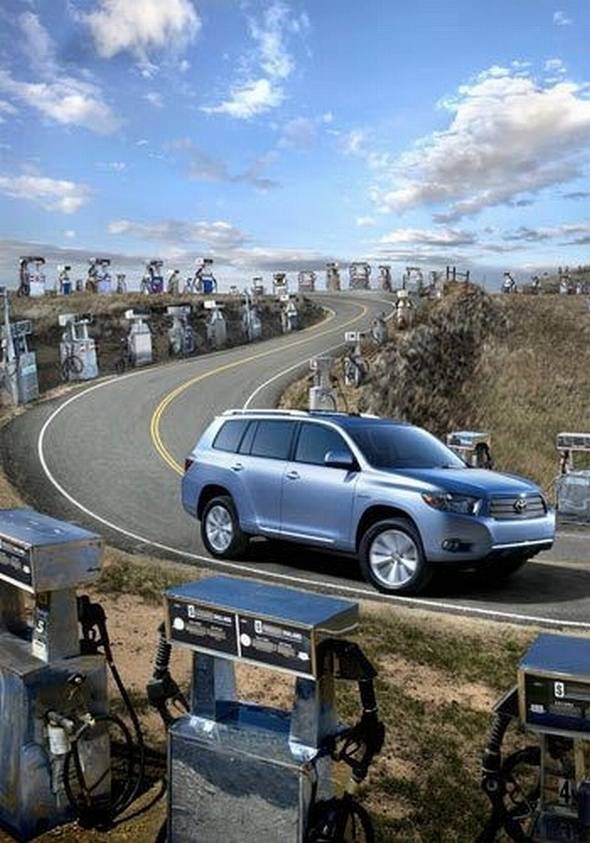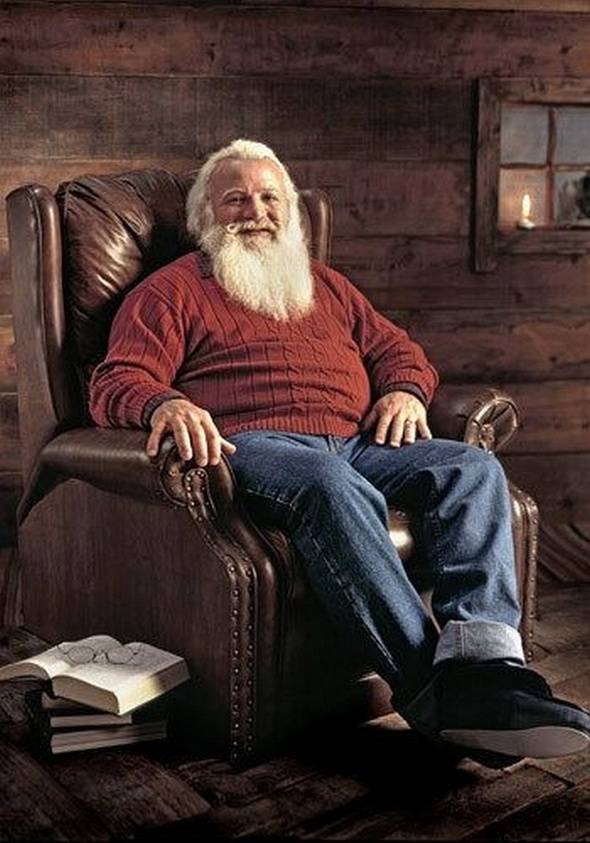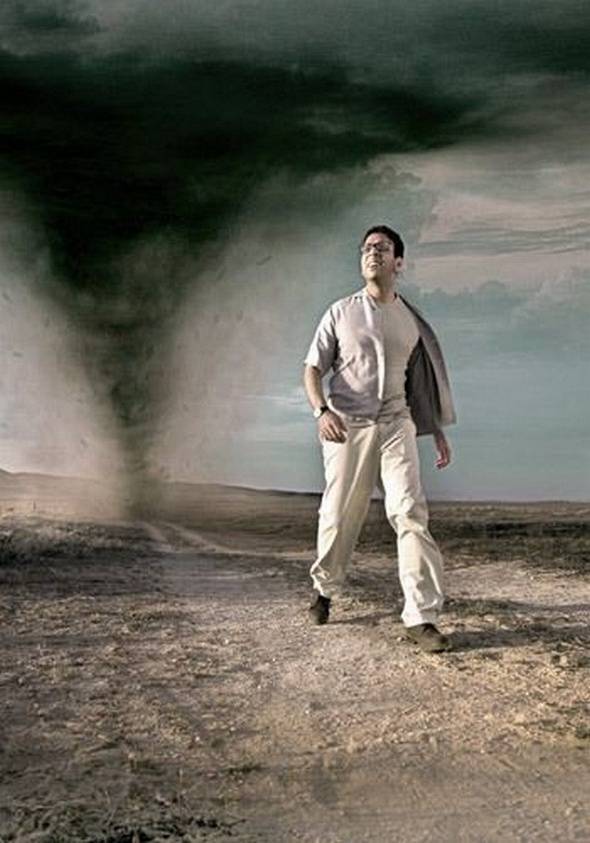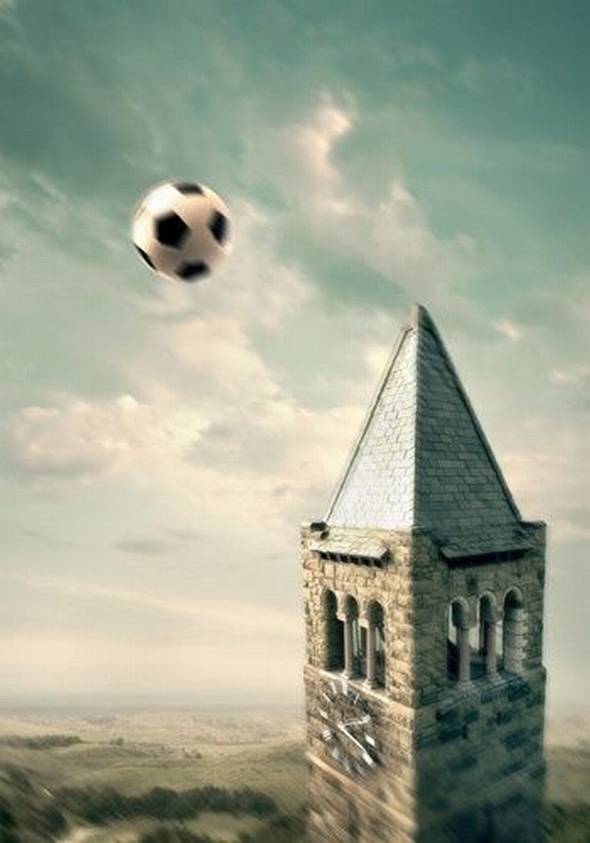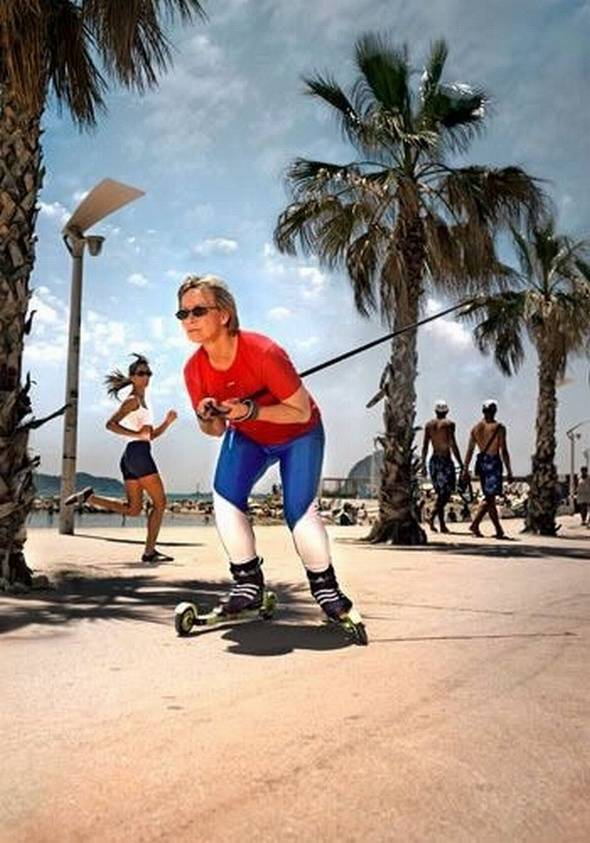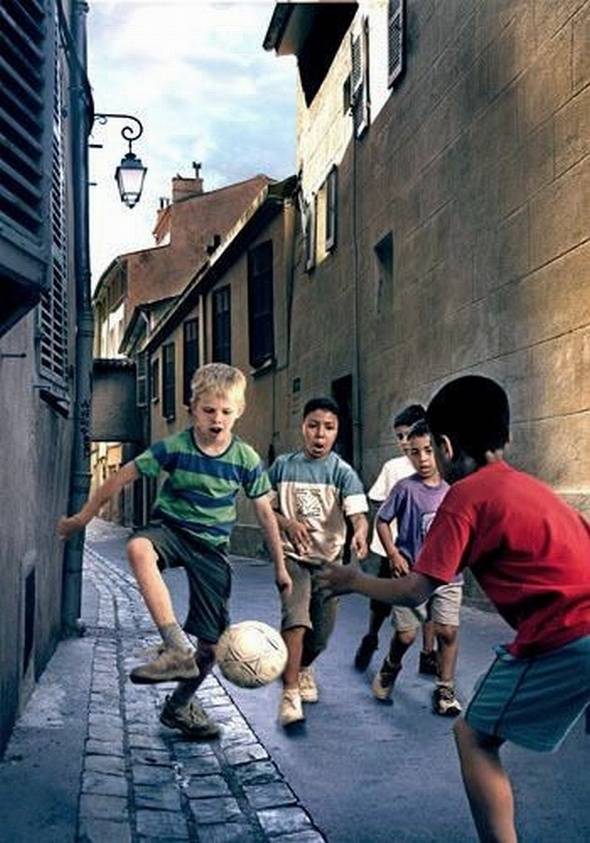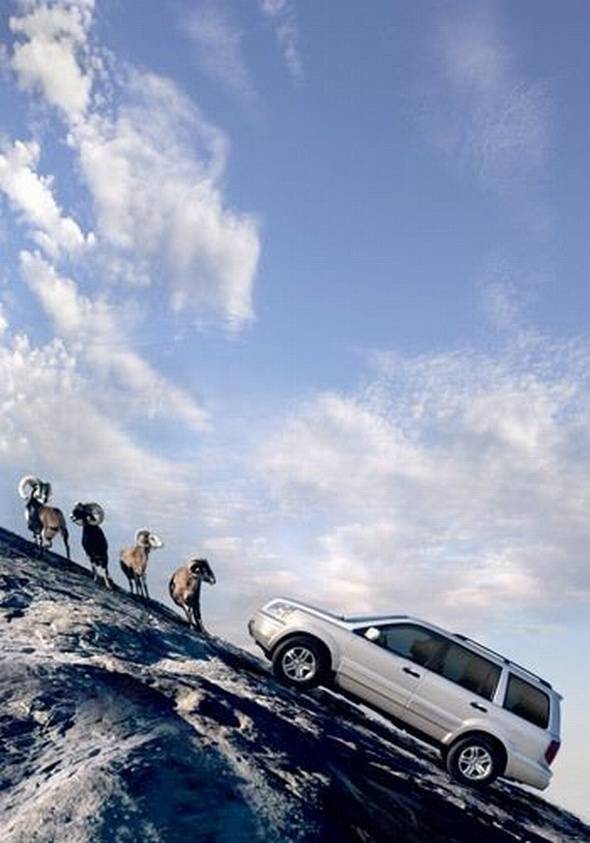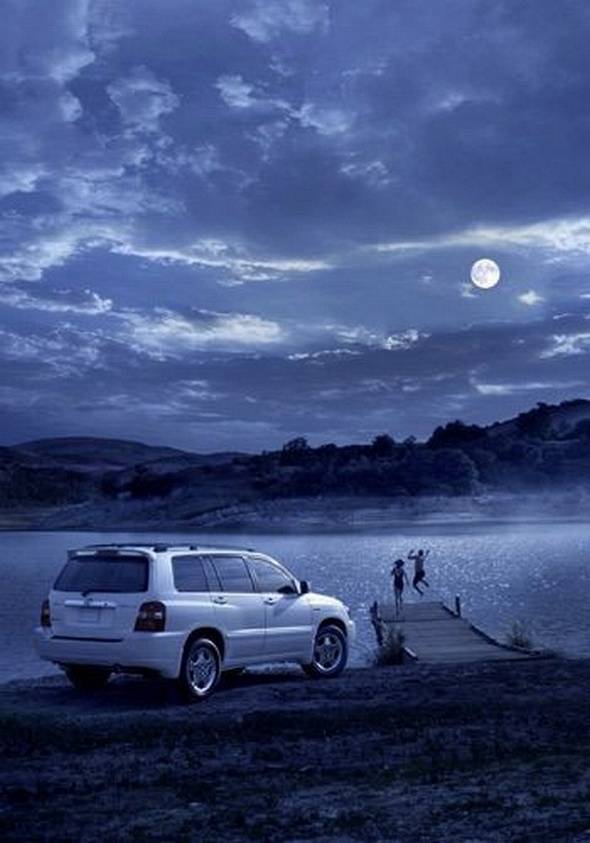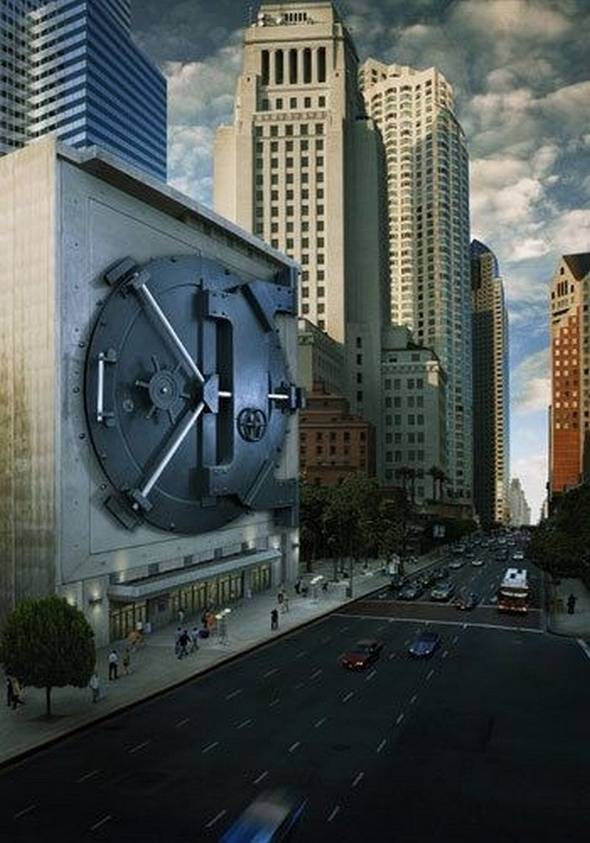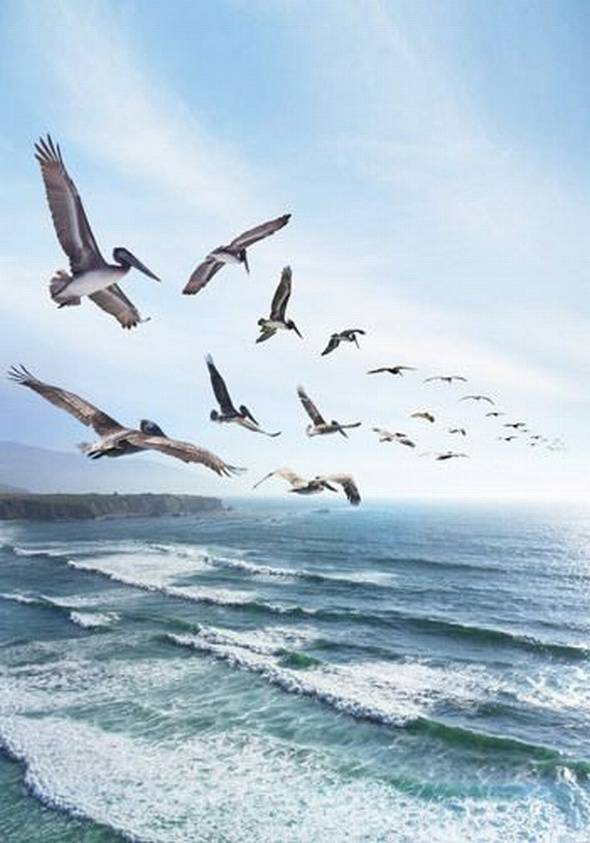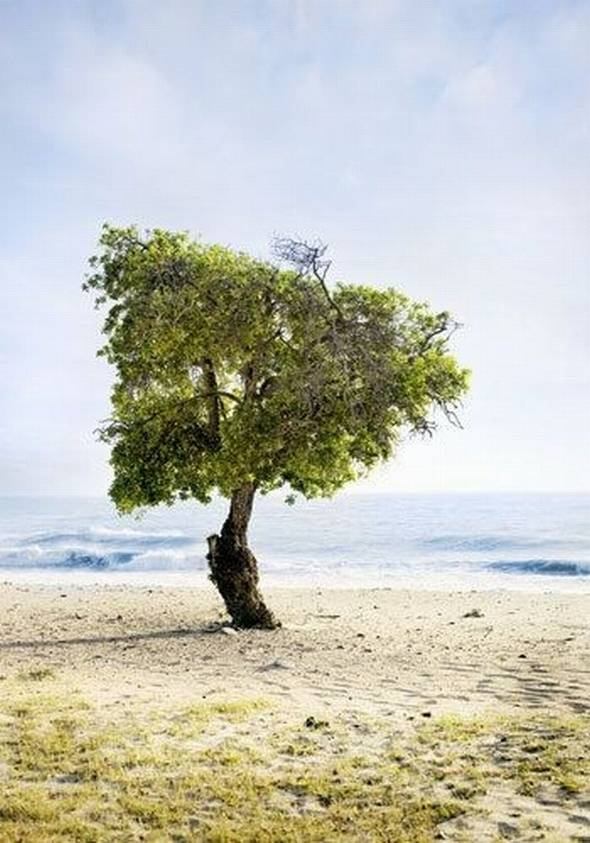
The philosopher as hero: A close up of Italian Renaissance artist Raphael’s famous The School of Athens shows Plato (left) and his student Aristotle (right) holding copies of their books. Wikipedia.comIf the lost Atlantis continent was found – and proven not to be a myth, we might record the discovery as one of the most significant in mankind’s history.No wonder then, that for over two millenniums, many scholars and scientists have devoted their lives to uncovering this mystery Greek philosopher Plato alluded to in 355 B.C., all seeking the truth about this sunken superior civilization, including its exact location.

A great surprise indeed, as the discovery means Indonesia is the place where civilization first flourished – given Plato’s idea that Atlantis is the source of all civilizations. Whether this represents good news for Indonesians, is subject to debate – as Indonesian scientists are divided about Santos’ hypotheses.
Indonesia, given its location, might sound like an odd location to Atlantis enthusiasts in the first place. Most of them believe Atlantis was somewhere in the Atlantic Ocean, as suggested by Plato, or around the Mediterranean Sea. One thing is certain: Indonesia had never been claimed as the location of Atlantis – until Santos came along.
“Atlantis was never found because we have all been looking in the wrong places,” said Santos in his book Atlantis; the Lost Continent Finally Found; The Definitive Localization of Plato’s Lost Civilization, now available in Indonesian. Realizing that, he went on, “we started to look for the spot where an entire sunken continent could be hiding itself”.
“Geology afforded the correct, irrefutable answer: Down under the South China Sea, that is where.”
And the rest, he said, followed quite naturally and lead him to Indonesia. Santos argued that people had misunderstood Plato’s idea of the Ocean of Atlantis. Plato wasn’t referring to the Atlantic Ocean as we call it today — as people in the past used to believe the Earth was flat.
Santos claimed it was other ancient Greek scholars, including Herodotus, who said, “the sea frequented by the Greeks, that beyond the Pillars of Hercules, which is called the Atlantic or, also, the Erythraean [Indian Ocean] are all one and the same sea.”
So, as Santos suggested, Plato was talking about all oceans – the Atlantic, Indian and Pacific along the eastern coast of Asia. Moreover, the term “Pillars of Hercules”, which Plato said were located in front of Atlantis, refer to the Krakatau and Dempo mountains in the Sunda Strait, according to Santos.
 The source of the mystery: The story of Atlantis was mentioned in Plato’s writings Timaeus, which Calcidius translated into Latin during medieval times. Wikimedia.org
The source of the mystery: The story of Atlantis was mentioned in Plato’s writings Timaeus, which Calcidius translated into Latin during medieval times. Wikimedia.orgAccording to Umar, today’s Natuna Island in South Sumatra’s Riau, whose native people, based on bimolecular studies, have been found to have a similar genetic structure with that of the oldest Austronesians. Scientists, he said, believe the Austronesians had already displayed high levels of culture, which might fit Plato’s idea of Atlantis people — or Atlantians.
The story of Atlantis was mentioned in Plato’s writings Timaeus and Critias. The philosopher described Atlantians — amounting to around 20 million people — as geniuses, and a wealthy, wise as well as powerful people. They mastered maritime culture and commerce, sports and all kinds of arts – dance and music. When Atlantians became corrupt and greedy, the gods destroyed them. In 9600 B.C. or around 11,600 years ago, an earthquake shook the continent, with giant waves rolling over the seashores, causing the island to sink – in just one day.
To link Indonesia to Plato’s version of Atlantis, Santos compared Indonesia’s tropical climate, irrigation system, large population, megalithic construction, natural resources, volcanoes and continental size to Plato’s descriptions of Atlantis. Of all the places claimed to be the sites of Atlantis, he concluded, Indonesia was the closest match to Plato’s theory.
Santos initially said Atlantis was located in Sundaland — which includes the southern part of India, Sri Lanka, Indonesia’s Sumatra, Kalimantan, Java, as well as other islands in the eastern part of the archipelago and around the South China Sea. The western part of Indonesia, he said further, was the center, or capital of Atlantis.
This vast Sundaland area, Santos said, “was indeed larger than Asia Minor and Libya put together,” — just like Plato described.
According to Santos, Indonesia was the most perfect place to grow crops and herd cattle at the time when global temperatures were 15 degrees Celsius below the present level. Most temperate and polar regions were covered by thick glaciers, so civilizations could only exist in tropical and equatorial region like Indonesia.
“Also because the volcanoes fertilized the soil, and it was a very rainy region due to the seas, the monsoons,” Santos said, adding that the tropical, pleasant climate of Atlantis was one of the central features of Plato’s Atlantis — with rain forests, palm-trees, coconuts, rose woods, incense trees, pineapples, coconuts and bananas.
“Of course, Plato also mentions ‘this felicitous island under the sun’,” he went on. “This expression means … the same as … ‘equatorial’, that is, lying directly under the path of the sun in the skies’.”
Sounds convincing? Maybe, but not really for Indonesian senior geologist Dr. Awang Harun Satyana, who from the start rejected Santo’s description of Sundaland.
“Geologically speaking, India, Sri Lanka, South China Sea and the eastern part of Indonesia were not part of Sundaland,” said Awang of the Indonesian Geologist Association, who has been involved in several discussions on Indonesia and Atlantis.
Not only that, the senior geologist for the Indonesia’s upstream oil and gas regulator BPMigas also dismissed Santos’ claim that Sundaland disappeared following a disastrous volcanic eruption and tsunami.
According to Santos’ theory, “this dramatic event was caused by a huge explosion of the Krakatau volcano, which opened the Strait of Sunda, separating the islands of Java and Sumatra, in Indonesia.”
Volcanoes in other parts also erupted: The Mount Semeru in East Java, the Mount Tambora in Sumbawa of West Nusa Tenggara, the Mount Toba in North Sumatra, as well as other volcanoes in India, said Santos. The massive volcanic dust, Santos said, spread and layered over glaciers, speeding up the absorption of sunlight and later caused the glaciers to melt.
The explosion also triggered a giant tsunami causing Antartica’s glaciers to melt. These melted glaciers flooded into seas, triggering another giant tsunami — with all these events leading to the end of the Pleistocene Ice Age. At that time, he claimed, the sea level had risen 130 to 150 meters, and eventually submerged the lowlands of Sundaland.
“I first proposed this theory to explain the end of the Ice Age some 20 years ago, and it was confirmed by NASA space satellites,” Santos said. “[The satellites] found that it was this kind of chain of events that led to a 25 percent increase in global temperature and melted 70 percent of Earth’s total glaciers.”
But according to Awang, “geologically speaking, Sundaland was very stable – no earthquake has ever happened there. Volcanoes and earthquake chains were only located in the western and southern parts of Sundaland – not the whole area.”
Sundaland, Awang said further, disappeared some 15,000 to 11,000 years ago because of the melting of glaciers, following the climate change cycle – not because of volcanic eruption.”
The climate change cycle, he explained, raised the sea-level by 5.3 centimeters per year during the period between 14,600 and 14,300 years ago, and this later submerged parts of Sundaland. This, he said, was backed up by a recent detailed study using Oxygen-18 Isotopes on Sundaland’s late glacial and postglacial sea level rise.
“Santos had no evidence at all for claiming that the sea-level had risen by 150 centimeters in a year.”
Even if Krakatau’s explosion had really triggered a tsunami, Awang went on, “it would never have been able to submerge the whole of Sundaland. The tsunami caused by the Krakatau explosion in 1883, for example, only devastated areas around Lampung’s shore, Banten and a small part of Jakarta.”
He also rejected Santos’s theory purporting a volcano’s explosion had cause glaciers to melt.
“Such a ‘supervolcano’ explosion as suggested by Santos is more likely to cause a very long volcanic winter rather than cause glaciers to melt,” he said. “As a huge explosion occurs, the volcanic dust would cover the atmosphere, blocking the sunlight and later causing temperatures to fall.”
Tambora’s eruption in 1815, Awang argued, had proven that theory right. The largest known eruption in over 1,600 years caused a very long winter in several parts of the world that historians cited is as “a year without summer”.
“And there’s no evidence proving Krakatau and Toba exploded 11,600 years ago [as claimed by Santos],” Awang reminded. “The oldest explosion ever identified in Krakatau was in 416 A.D., around 74,000 years ago in Toba, and all were far before the time Atlantis was said to have sunk 11,600 years ago.”
So, he went on, “Santos, for sure, didn’t base his research on geology.”
While Awang said Santos had denied geological logic, senior archeologist Prof. Harry Truman Simanjuntak of the Center for Prehistoric and Austronesian Studies argued the man had failed to test his research findings against archeology.
There was no evidence a high civilization in Indonesia actually existed 11,600 years ago.
“Santos argued that Indonesia fitted Plato’s description of Atlantis – an empire with walls covered with gold, silver, bronze, copper and lead,” said Harry, the former chairman of the Indonesian Archeologists Association. “But the thing is, at that time [11,600 years ago], our prehistoric people were still in the Early Modern Human phase, dating back to the late Paleolithic period.”
In that period, Harry said, the culture development of the prehistoric people in Indonesia was not that “sophisticated”.
“They were still hunting and gathering,” he said. “And because of the ice melting, they preferred to stay inside caves, where they later developed cave culture like rock art.”
For sure, Harry went on, “the artifacts found dated to that era proved this. Their only used tools made of bones and stones.”
Harry also doubted Santos’ claim that Indonesia was already an agricultural society 11,600 years ago – based on Plato’s idea that Atlantis was the earliest agricultural civilization. In fact, he went on, early agricultural civilizations existed in
Central Africa, Southwestern Asia (only 8,000 years ago), East Asia (6,000 years ago) and Papua New Guinea (6,000 years ago), but not in Indonesia.
So, as Harry concluded, “there was no such thing as an advanced civilization in Indonesia 11,600 years ago. You flip through pages of Santos’s book, and you’ll find he gives no evidence to support his claims. His theories are only backed by ancient myths.”
While the debate surrounding Atlantis is far from over, Umar of LIPI said these kinds of discussions were part and parcel of science.
Unfortunately, Santos can never join any debate to defend his arguments as he already passed away five years ago, just five months after publishing his book.
“At least this will inspire our scientists to find the truth,” he said, adding that LIPI would support any research on this matter. “The world is turning its attention to Indonesia because of this Atlantis discovery, so it’s our task to carry out more studies.”
